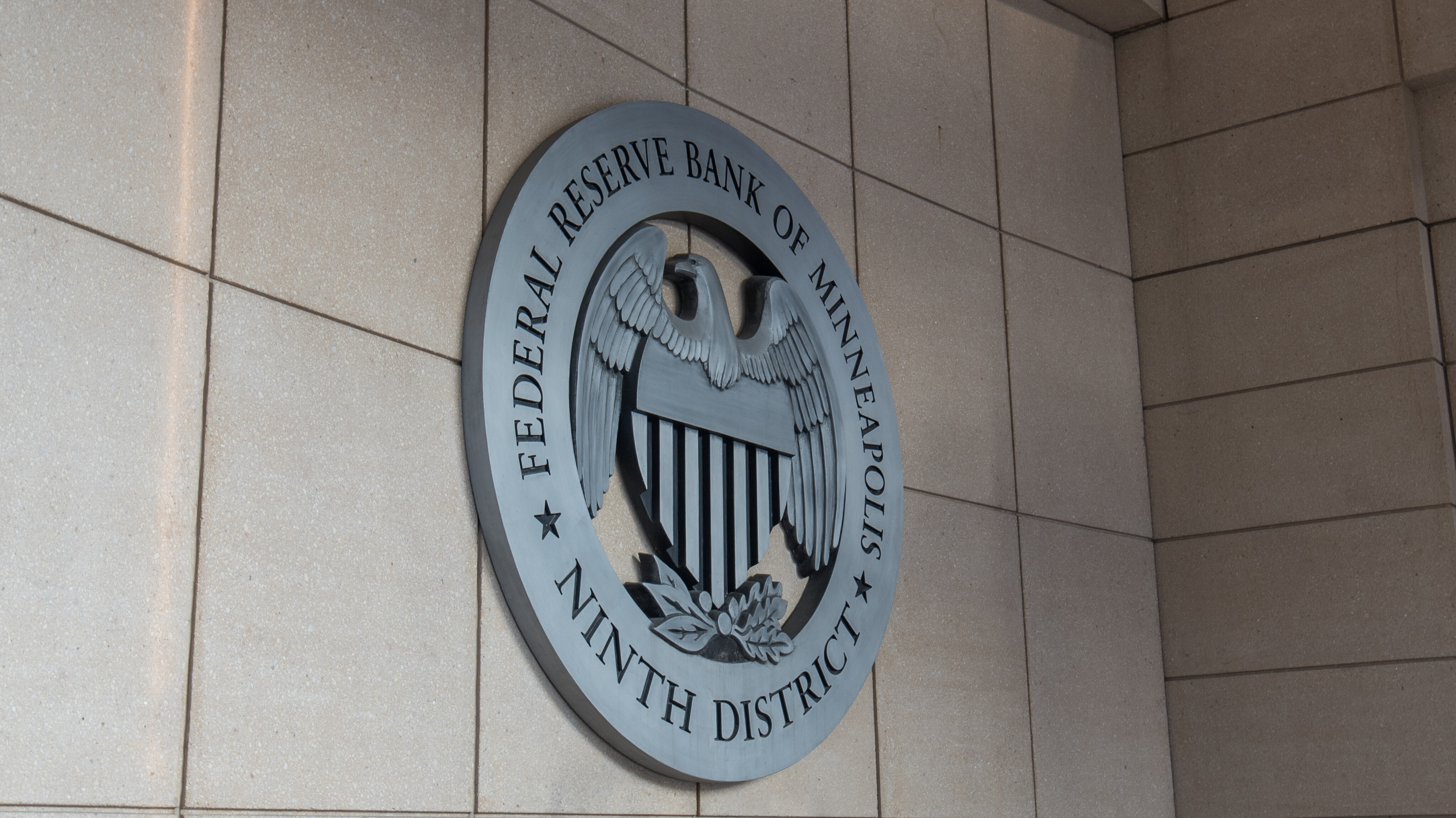

By Asmita - Oct 10, 2024
The Federal Reserve's shift towards a more dovish stance with potential rate cuts has boosted investor confidence. Key factors like inflation trends, economic resilience, and global economic conditions will influence the Fed's decisions. Despite the optimism, potential roadblocks like unexpected inflation spikes, economic downturns, and external factors could disrupt plans. As investors prepare for rate cuts, sectors benefiting from lower rates and portfolio diversification are recommended strategies.

Wikimedia via Google
LATEST
The Federal Reserve’s recent pivot towards a more dovish stance has sent waves of optimism through the markets. With inflation under control and economic growth slowing, the Fed’s decision to halt rate hikes and potentially cut rates soon has boosted investor confidence. The central bank’s shift in tone is driven by its growing confidence in achieving a soft landing for the US economy. This scenario would see the economy slowing just enough to curb inflation without tipping into recession. As a result, the Fed’s dot plot suggests three rate cuts in 2024 and more in 2025 and 2026.
As the Fed navigates this delicate balance, several key factors will influence its decisions. Inflation trends will remain crucial, with the Fed closely monitoring wholesale prices, import prices, and retail levels. Economic resilience will also play a significant role, with GDP growth, unemployment rates, and consumer spending under scrutiny. Global economic conditions, including geopolitical tensions and international trade dynamics, will also impact the Fed’s decisions. Additionally, market sentiment and investor expectations will influence the effectiveness of the Fed’s policies. By keeping a close eye on these factors, investors can better anticipate the Fed’s next moves.
Despite the Fed’s dovish stance, potential roadblocks lurk on the horizon. An unexpected inflation reacceleration could force the Fed to reassess its plans. Alternatively, a sudden economic downturn could necessitate more aggressive rate cuts. External factors, such as trade wars or geopolitical tensions, can also disrupt the Fed’s plans. Furthermore, the ongoing US-China trade tensions and rising global debt levels pose risks to the global economic outlook. Investors must remain vigilant, monitoring these potential roadblocks and adapting their strategies accordingly.
The Fed’s dovish pivot has significant implications for investors. With rate cuts on the horizon, investors should consider positioning themselves in sectors that historically benefit from lower interest rates, such as technology and consumer staples. Additionally, investors may want to consider diversifying their portfolios to mitigate potential risks. As the Fed navigates this complex economic landscape, staying informed and adaptable will be crucial. By keeping a close eye on key factors and potential roadblocks, investors can capitalize on opportunities and minimize risks in this evolving market environment.